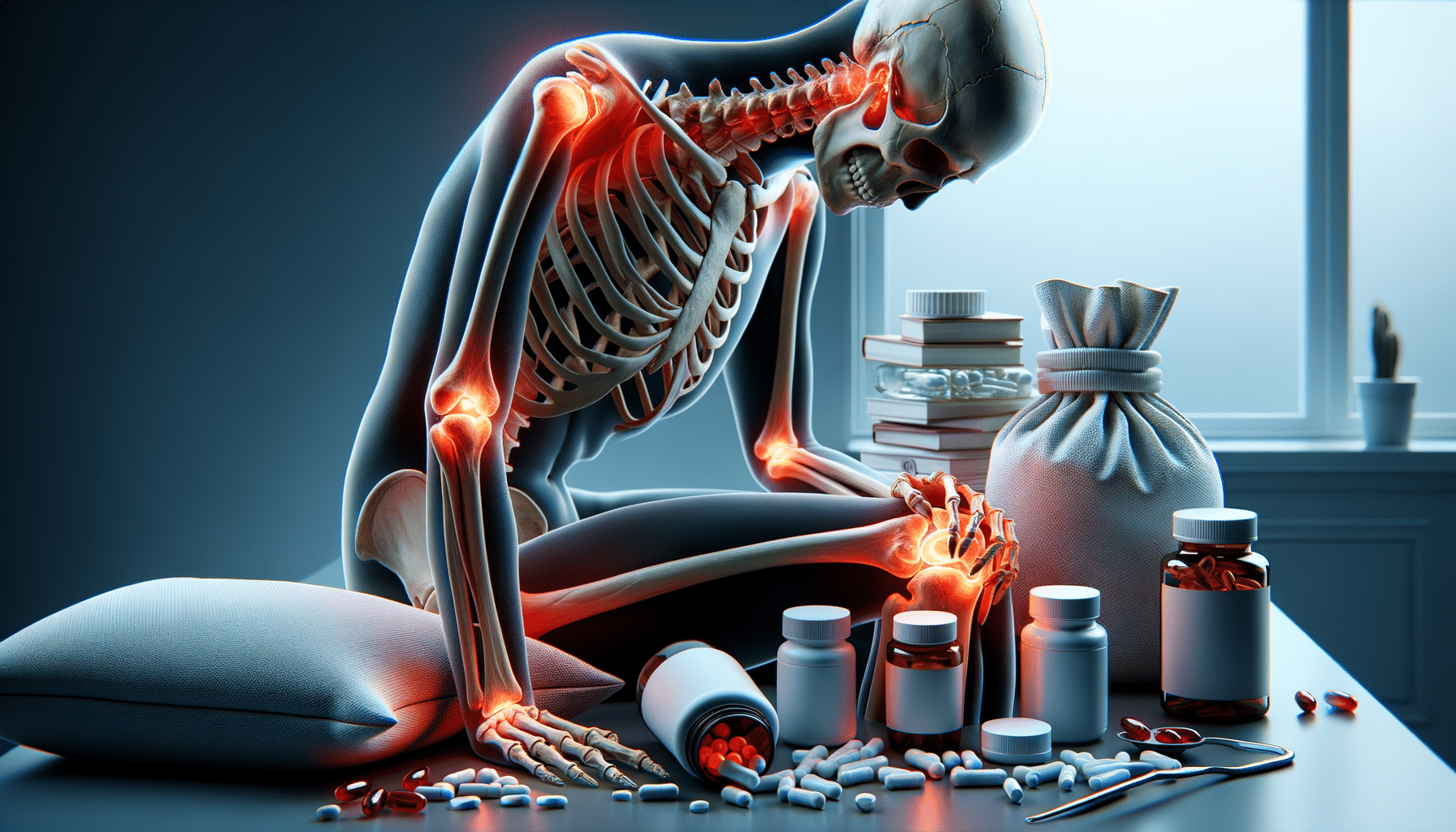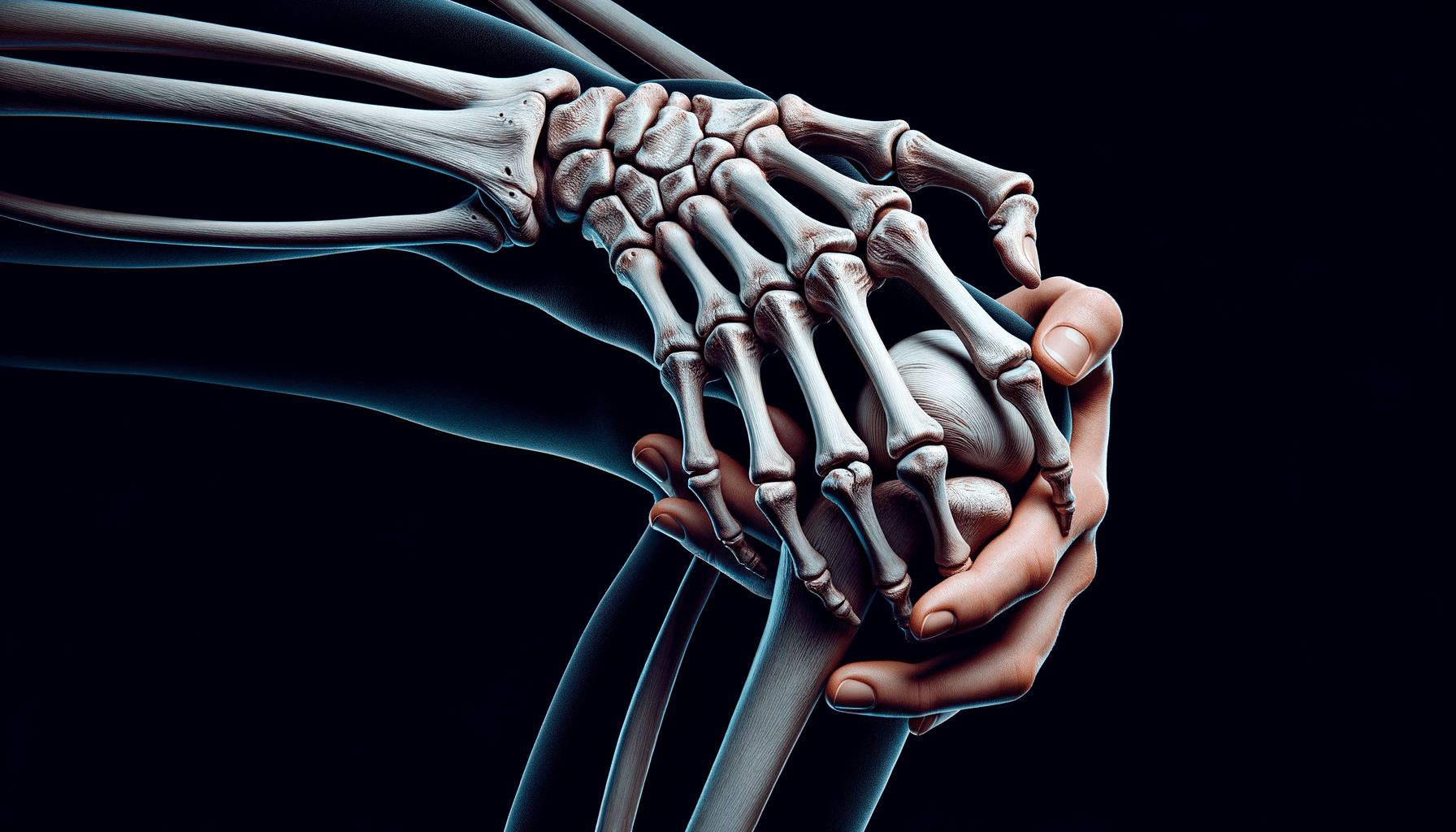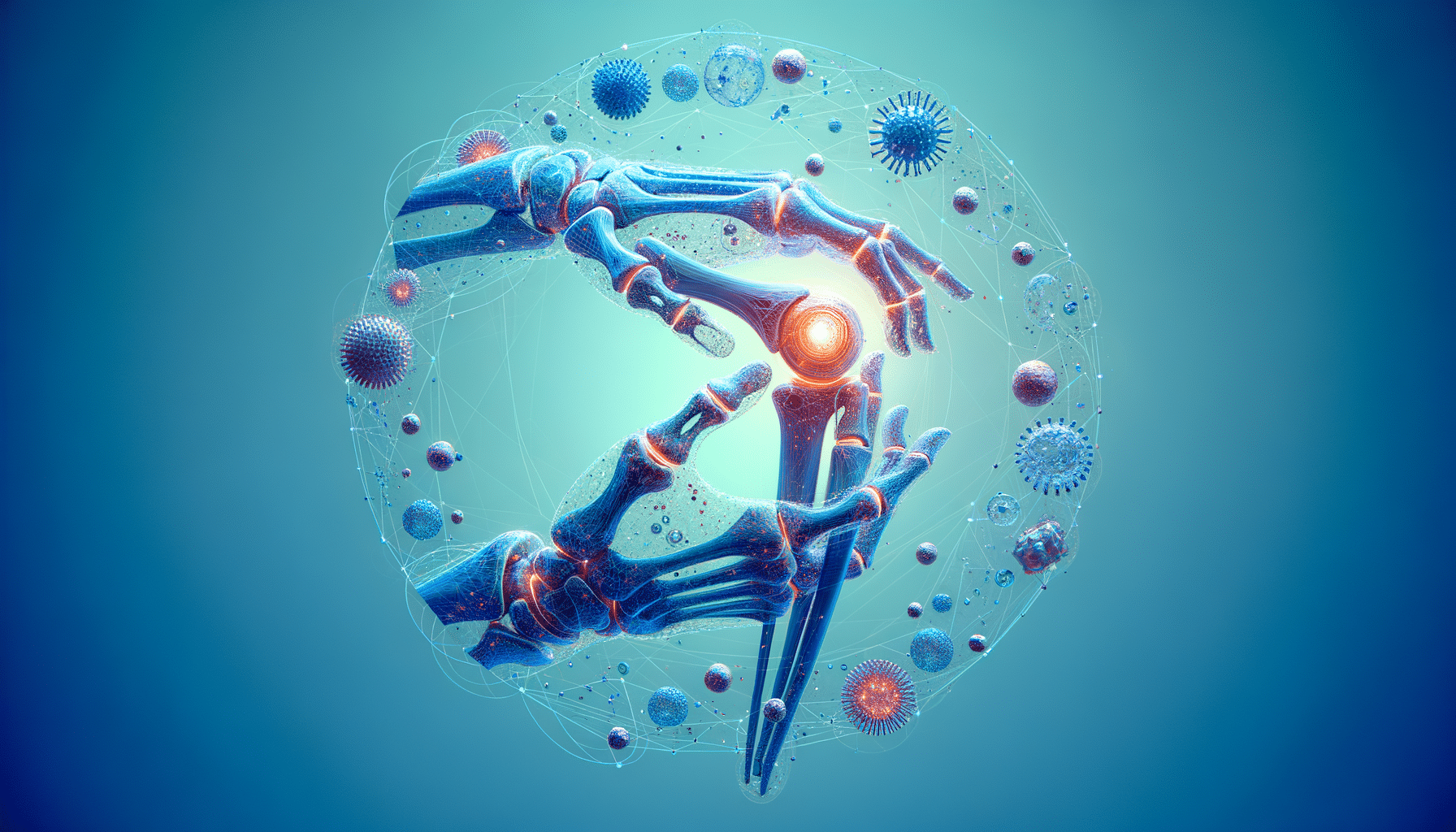
Suffering from joint pain? Exploring Options for Joint Pain Relief
Understanding Joint Pain: Causes and Symptoms
Joint pain is a common ailment that affects millions of people worldwide. It can range from mild discomfort to severe pain, impacting daily activities and overall quality of life. Understanding the root causes of joint pain is essential for effective management. The most prevalent causes include arthritis, bursitis, gout, and injuries. Arthritis, particularly osteoarthritis and rheumatoid arthritis, is a leading cause of joint pain, characterized by inflammation and degeneration of the joints. Bursitis involves inflammation of the fluid-filled sacs that cushion the joints, while gout results from the accumulation of uric acid crystals within the joint, causing intense pain.
In addition to these conditions, injuries such as sprains, strains, and fractures can also lead to joint pain. Symptoms often accompany these conditions, including swelling, stiffness, and reduced range of motion. Recognizing these symptoms early can aid in diagnosis and treatment. It’s important to consult a healthcare professional if joint pain persists, as early intervention can prevent further damage and improve outcomes.
Exploring Non-Surgical Treatment Options
For those experiencing joint pain, several non-surgical treatment options can provide relief and improve function. Lifestyle modifications are often the first step, with weight management playing a crucial role. Excess weight puts additional stress on joints, particularly weight-bearing ones like the knees and hips. Losing weight can significantly reduce pain and improve mobility.
Physical therapy is another valuable option, focusing on exercises that strengthen the muscles around the joints, enhance flexibility, and reduce stiffness. A physical therapist can tailor a program to suit individual needs, ensuring safe and effective results. In addition to exercise, hot and cold therapy can be beneficial. Applying heat can relax muscles and increase blood flow, while cold therapy can reduce inflammation and numb sharp pain.
Over-the-counter medications, such as nonsteroidal anti-inflammatory drugs (NSAIDs), can also help manage joint pain by reducing inflammation and alleviating discomfort. However, it’s important to use these medications as directed and consult with a healthcare provider to avoid potential side effects.
Alternative Therapies for Joint Pain Relief
In recent years, alternative therapies have gained popularity as complementary treatments for joint pain. Acupuncture, an ancient Chinese practice, involves inserting thin needles into specific points on the body to stimulate healing and reduce pain. Many individuals report significant relief from joint pain through regular acupuncture sessions.
Herbal supplements, such as turmeric and ginger, are also commonly used for their anti-inflammatory properties. Turmeric contains curcumin, which has been shown to reduce inflammation and pain in some studies. Similarly, ginger has been found to have analgesic effects, making it a popular choice for those seeking natural remedies.
Chiropractic care is another alternative therapy that focuses on the alignment of the spine and joints. Chiropractors use manual adjustments to improve joint function and alleviate pain. While these therapies can be effective, it’s crucial to consult with a healthcare professional to ensure they are appropriate for your specific condition and to avoid any potential interactions with other treatments.
Surgical Options for Severe Joint Pain
When non-surgical treatments are insufficient, surgical options may be considered to relieve severe joint pain. Joint replacement surgery, such as hip or knee replacement, is a common procedure for individuals with advanced arthritis. This surgery involves replacing the damaged joint with an artificial one, significantly improving mobility and reducing pain.
Arthroscopy is another surgical option, often used for joint injuries or conditions like torn cartilage. This minimally invasive procedure allows surgeons to view and repair the joint through small incisions, resulting in faster recovery times compared to open surgery.
While surgery can be effective, it is typically considered a last resort after exploring other treatment options. Recovery from joint surgery requires time, rehabilitation, and commitment to physical therapy to achieve the best outcomes. Discussing the risks and benefits with a healthcare provider can help determine if surgery is the right choice for your specific situation.
Preventing Joint Pain: Tips for a Healthy Lifestyle
Preventing joint pain involves adopting a healthy lifestyle that supports joint health and reduces the risk of injury. Regular exercise is key, as it helps maintain a healthy weight, strengthens muscles, and improves flexibility. Low-impact activities like swimming, cycling, and walking are excellent choices for individuals with joint concerns.
A balanced diet rich in anti-inflammatory foods can also support joint health. Incorporating omega-3 fatty acids, found in fish like salmon and mackerel, can help reduce inflammation. Additionally, fruits and vegetables rich in antioxidants, such as berries and leafy greens, can protect joints from damage.
Maintaining good posture and using ergonomic equipment can prevent unnecessary strain on joints, particularly for those who spend long hours sitting at a desk. It’s important to take regular breaks, stretch, and adjust your workspace to promote proper alignment.
By making these lifestyle changes, individuals can significantly reduce the risk of joint pain and enhance their overall well-being. Regular check-ups with healthcare providers can also help monitor joint health and address any concerns early on.


